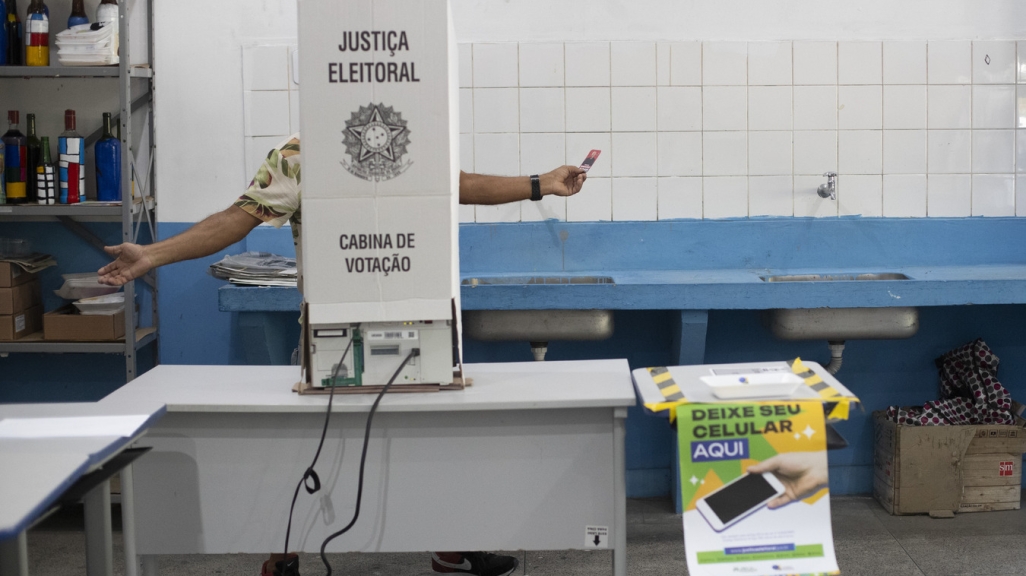LatAm in Focus: What Do Brazil's Municipal Elections Say About Polarization in the Region?
LatAm in Focus: What Do Brazil's Municipal Elections Say About Polarization in the Region?
Political analyst Thomas Traumann examines gains by the opposition, as well as Lula's scenario for 2026 amid deep political divides.
On October 6, 155 million Brazilians in over 5,500 cities voted for mayors and town council members. Analysts have pointed to the fact that centrist parties gained many local seats to argue that the ideological polarization seen at national-level politics was not as prevalent in these municipal elections.

“I think it's wishful thinking,” said Thomas Traumann, a journalist, political consultant, and co-author of the book Biografia do Abismo (“Biography of the Abyss”), which examines polarization in Brazil. In Sao Paulo, “the mayor debates were so violent that one of the candidates threw a chair on the other one … If this is not polarization, I don't know what is.”
AS/COA covered 2024's elections in the Americas, from presidential to municipal votes.
Subscribe to Latin America in Focus, AS/COA's podcast focusing on the latest trends in politics, economics, and culture throughout the Americas.











